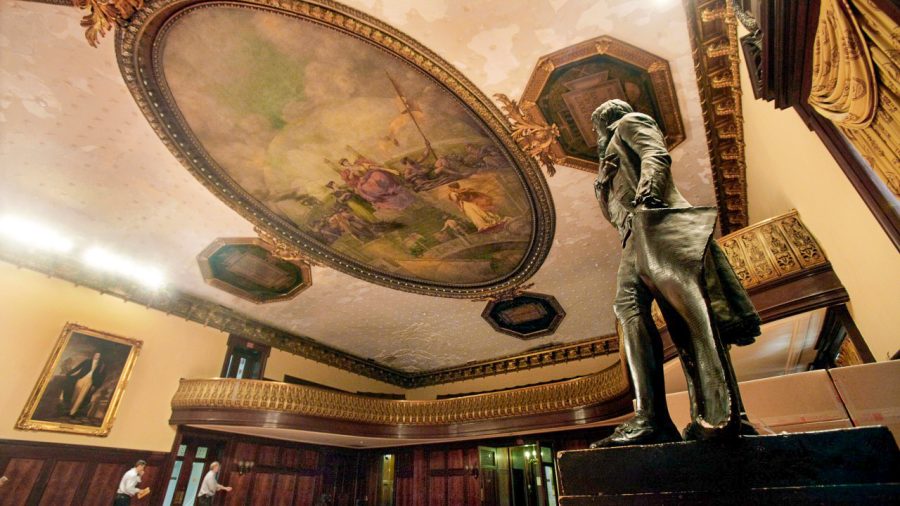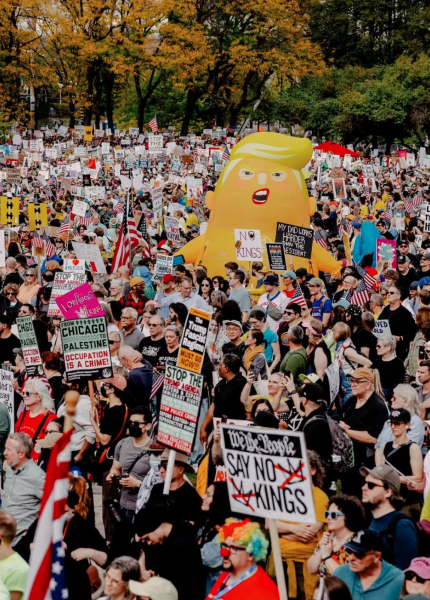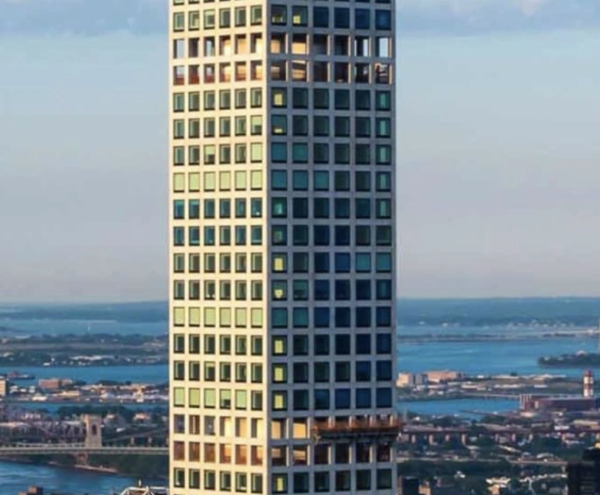The Removal of Thomas Jefferson’s Statue Contradicts America’s Identity
Following the racial reckoning Americans witnessed during the summer of 2020, the country reached yet another crossroads of its identity. Grappling with what it means to confront institutional racism as well as what it means to be truly “anti-racist,” Americans took to cultural sanitization. Texas lawmakers flagged 850 books in schools they deemed “discomforting” on a racial or sexual front. The Washington Redskins retired their name after years of controversy “in light of recent events,” according to team owner Daniel Snyder. Even popularly consumed American products from companies like Aunt Jemima, Uncle Ben’s and Mrs. Buttersworth were rebranded following accusations of racist imagery. These changes pale in comparison to the removal of Thomas Jefferson’s statue from the New York City Council Chamber due to Jefferson’s history of enslaving people.
Although well-intentioned, the removal of Thomas Jefferson’s statue does nothing to confront the institutional racism rooted within police departments and school, health and housing systems. It is difficult to envision how removing a statue of Jefferson, the author of the Declaration of Independence, can be envisioned as a sign of American progressivism when it is merely America’s way of sugarcoating racism. In removing Jefferson’s statue, our country not only erases its own history, but also conceals the real issue at hand. This removal allows systematic racism to be forgotten. The preservation of history is necessary to educate citizens on what it means to be actively anti-racist.
In removing statues like Jefferson’s, it seems less like Americans are truly committed to rectifying institutional racism and more like they want to deny it ever existed. Ignoring our history is counterintuitive to confronting the racial reckoning we have faced. Not only is it irreverent to erase a founding father of our country’s history, but it directly contradicts the importance of remembering our nation’s admirable progress, which relies upon reflecting on our socio-economic and political flaws for self-betterment. For there to truly be progress, there must be an understanding of what hinders progress from being made.
For example, calls were mounting during summer 2020 to defund police following George Floyd’s death. However, these calls have since steadily dropped due to surges in national crime. Minimizing police presence has led to two problems. First, there is a noticeable increase in crime. However, there is also a continual problem of racism. Instead of making efforts to remedy the systemic racism seen in the police force, defunding the police simply eradicates the force, which rids us of the opportunity to confront the problem at its source.
This example applies adequately to the removal of statues. It is one thing to identify the immoral context from which a statue was built, but it is another thing entirely to ensure another statue rooted in the same evil is not erected again. This mission becomes complicated if statues like Thomas Jefferson’s are removed. America is failing to be sincerely anti-racist, and is using the tragic death of George Floyd to avoid seriously confronting systematic racism. It is correct for America to question Jefferson’s role as a slave-owner while claiming that all men are created equal. However, we are at a pivotal moment in our nation’s history which calls for education, and maintaining Thomas Jefferson’s statue in the New York City Council Chamber could have played an instrumental role in that. By removing it, we not only remove our nation’s history — as well as our goal to live through progress — but we abdicate the opportunity for collective educational discourse. It is never enough to simply run from our country’s demons. In some respect, these demons will manifest again if we continually fail to confront them through sugarcoating and cultural sanitization.
Men like Thomas Jefferson were honored as America’s earliest zeitgeists because of their role in protecting and defending American citizens. For example, a statue of Robert E. Lee was erected because he fought on behalf of the Confederacy. The Confederate general’s statue was removed from Richmond, Virginia. This removal does not change the fact that there are still people who look upon him favorably. To combat this disconnect and prevent history from repeating itself, it is key that statues like Lee’s be used as a sort of light to hold our current progressive expectations up to.
America’s renewed dedication to confronting its racist past is admirable, but in continuing to remove statues, Americans cannot fight what we won’t allow ourselves to see.
Noah Osborne, FCRH ’23, is a journalism major from Harlem, N.Y.








































































































































































































